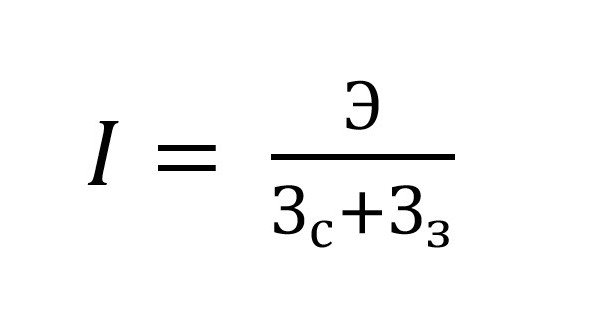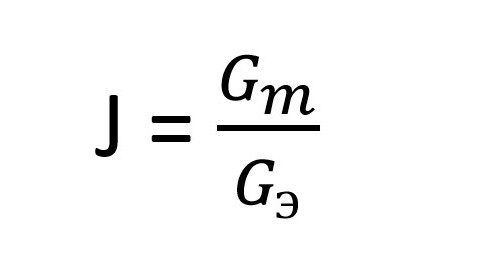Improving competitiveness by improving products is the main path that all modern enterprises should follow. But how to evaluate a quality product or not? How will the buyer perceive it if the price rises? We will try to answer these and other questions in this article, but at the same time we will understand what an integral indicator is. 
Product quality
Quality is a very subjective parameter. Think about how to evaluate a dress or sausage? Dozens of parameters need to be considered. In the first case, this is the type of fabric, shape of cut, length, color, degree of fit, ergonomic parameters, etc. For one person, one dress is suitable that another does not like at all.
Assessing the quality is quite difficult. That is why in economic theory it is customary to consider this parameter as the degree of satisfaction of consumer expectations. If a person expected to buy a sausage consisting of chicken and pork meat, and he received it in the form in which he represented it, then this product will be of high quality for him.
But if you can still work with tangible goods, because there are accepted quality standards, then with services everything is much more complicated. Therefore, there is such a thing as an integral indicator of quality assessment, with which the company can analyze the degree of customer satisfaction. 
Definition
There are quite a few ways to assess the competitiveness of a product. The most simplified are integrated performance indicators. In general, they reflect the ratio of the total effect obtained from the sale of goods to the costs of its production and marketing.
You need to understand that the concepts of "competitiveness" and "quality" are very close to each other, and the integral indicator performs the function of the so-called bridge, connecting one with the other.
For the consumer, except product quality price plays a big role. And it is precisely the ratio of his expectations and product prices that the integral indicator describes. Arriving at the store, we do not calculate formulas, do not use the theory. We do this on a subconscious level, and scientists were able to structure and display practical data in theory.
An example of applying an integral indicator when buying a washing machine
We give a very simple example. The household appliance store has two models of washing machines. The first has characteristics:
- maximum load - 6 kg;
- the number of washing modes - 20;
- maximum speed - 1200;
- degree of energy consumption - AA;
- additional functions - "child protection";
- price - 30 thousand rubles.
The second differs from the first in the following parameters:
- maximum load - 5 kg;
- number of washing modes - 12;
- maximum speed - 1000;
- degree of energy consumption - AB;
- no additional features;
- price - 20 thousand rubles.
You as a buyer will evaluate each of the criteria based on your needs. If you have a large family with small children, you expect that there will be a lot of washing, the operation of the machine will be carried out often, which means that you need to pay the corresponding amount.
Thus, a person, choosing a technique, conducts an analysis, comparing his needs and expectations from the purchase with the price.

Formula for calculating
Display the theoretical data will help the formula. It calculates the integral indicator.Evaluations of results are used by companies in order to understand whether a product has reached the level of expectation that consumers demand from it. 
The following indicators are used in this formula:
I - integral indicator of quality;
E - the total beneficial effect received by the consumer from the use of goods;
3with - cost (costs of creation, purchase);
3s - costs arising from operation (maintenance, servicing).
What is the total beneficial effect
There is no difficulty in the above formula other than determining the total beneficial effect. Objectively assessing this indicator is difficult. Within the framework of the enterprise, it is possible to carry out calculations and study what is expected from a particular product over its service life.
Let's go back to the washing machine example. The manufacturer will calculate the total beneficial effect as follows:
- estimate the term of operation (5 years);
- in five years the machine will be used on average once every two days at an average load;
- thus, the total number of days of use will be: 365/2 × 5 = 912 days;
- If you consider that it will work at a power of 1000 revolutions, you get 912 thousand revolutions in 5 years.
But it will be the manufacturer’s calculation. The consumer usually overestimates the requirements, primarily in terms of service life. Therefore, the total beneficial effect for each will be different.
Costs and costs are much easier to calculate.
Competitiveness assessment
We have already clarified the fact that the concepts of "quality" and "competitiveness" are very close. And although it is impossible to identify them, but to draw a thick line, too. They are very much interconnected, and the higher the quality at a reasonable price, the more likely the consumer will like it.
After the company has received information about the degree of customer satisfaction, it is time to move on to assessing the competitiveness of the product. There are quite a few methods, but all of them can be divided into groups: single estimates of individual parameters, complex and integral.
An integral indicator of competitiveness is a ratio in which complex indicators of a product by technological parameters and complex indicators by monetary units are compared (for example, the price and cost of consumed electricity). The calculation is carried out according to the following formula: 
where gm - This is a comprehensive indicator for technical parameters; Guh - a comprehensive indicator of economic parameters.
The result determines competitiveness as follows: if J <1, then the product is worse than the others, if J> 1, then it exceeds, and if it is 1, then it is on the same level.
Thus, we found that the integral indicator is a simplified way to compare the quality and competitiveness of products.








